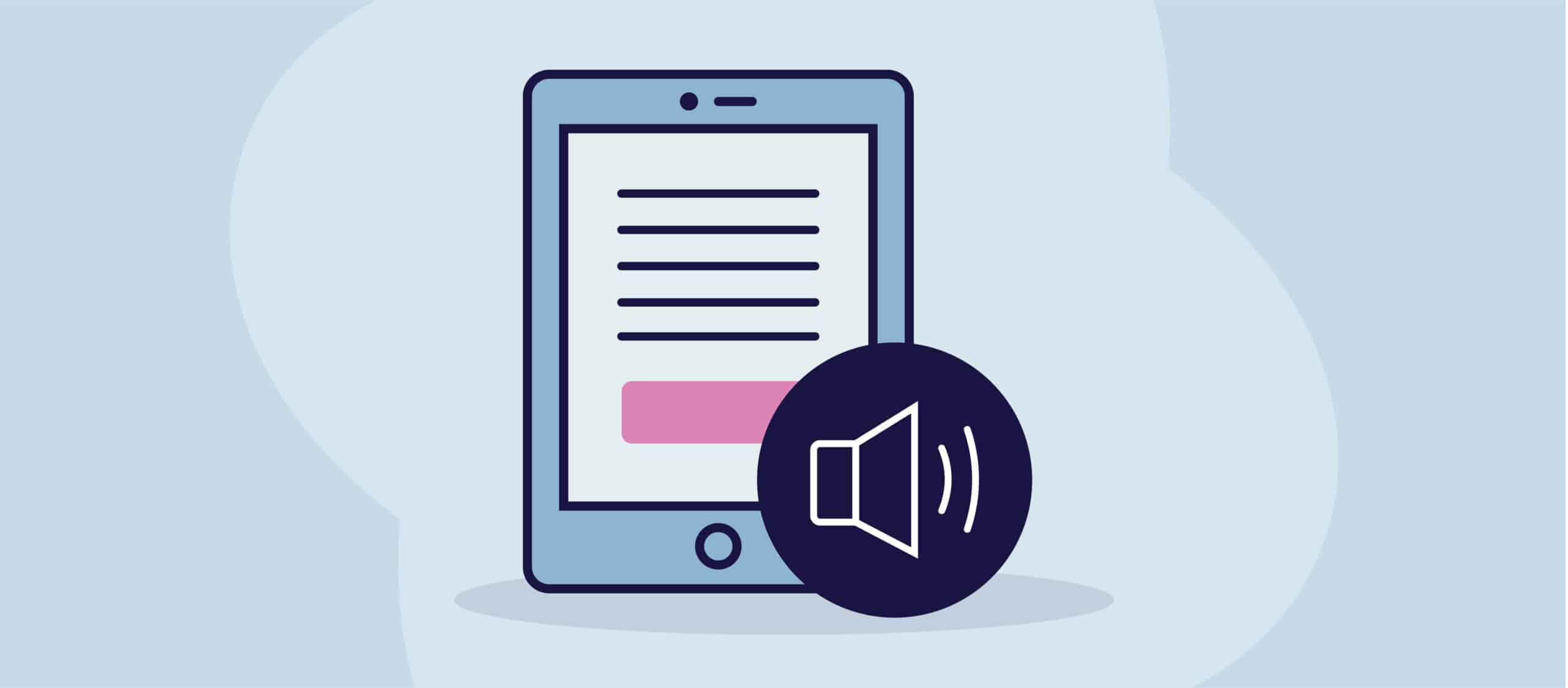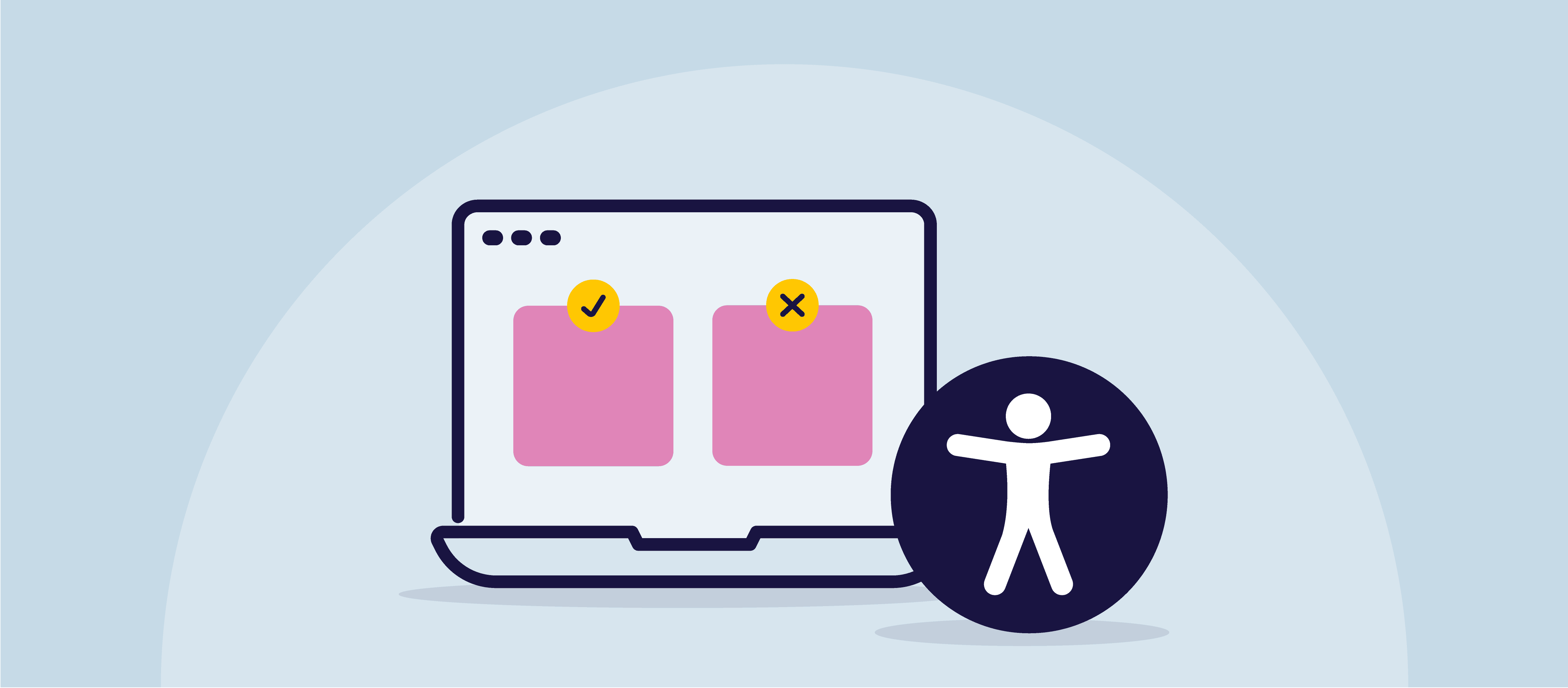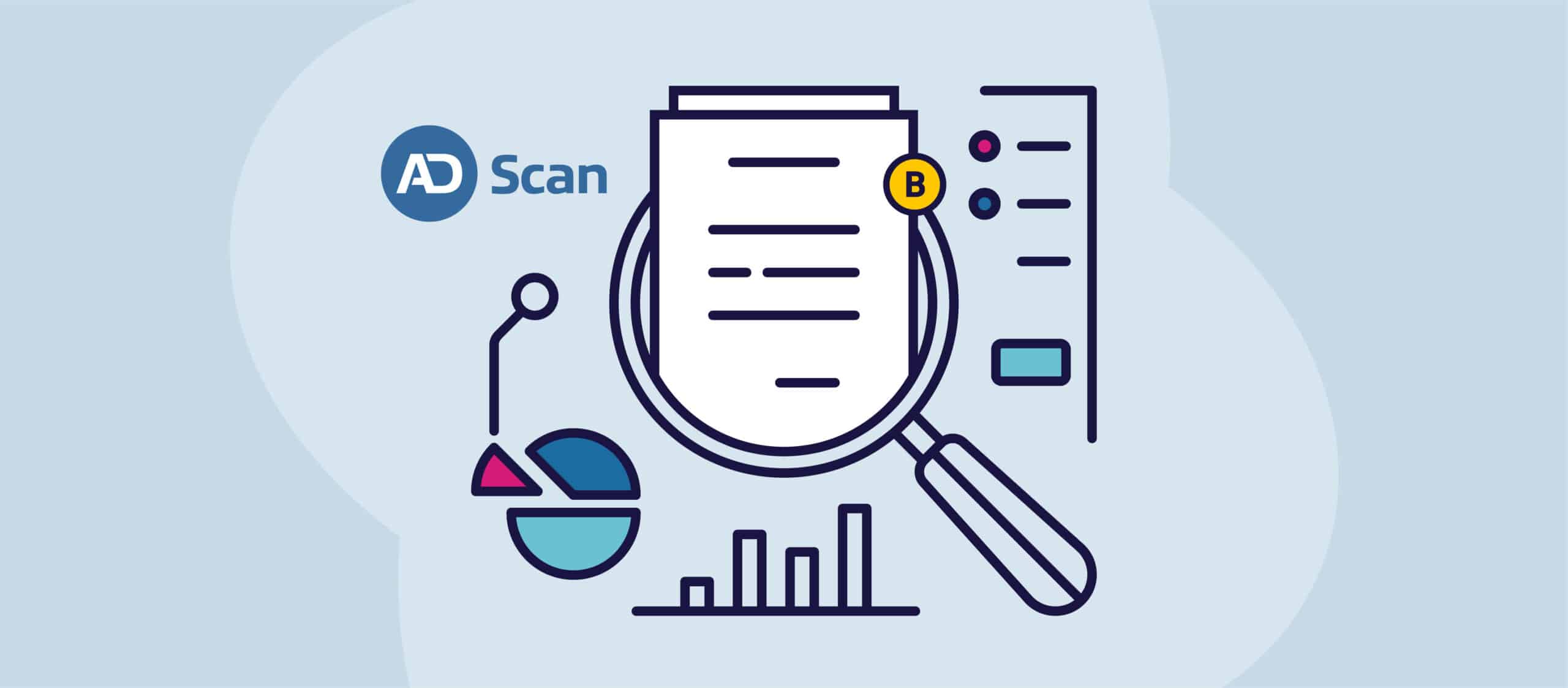Depending on where you live, your country or province may have accessibility legislation in place that is based off accessibility standards. In this blog, we’re going to dive into the key digital accessibility standards.
What are the different accessibility standards?
There are several different accessibility standards that are used to guide the development of accessible digital content. Some of the most widely recognized accessibility standards include:
- Web Content Accessibility Guidelines (WCAG): These are a set of guidelines developed by the World Wide Web Consortium (W3C) that provide a framework for making web content accessible to people with disabilities.
- Section 508: This is a federal law in the United States that requires federal agencies to make their electronic and information technology accessible to people with disabilities.
- Americans with Disabilities Act (ADA): This is a civil rights law in the United States that prohibits discrimination against people with disabilities and requires businesses and organizations to ensure that their goods and services are accessible to everyone.
- Accessible Rich Internet Applications (ARIA): These are a set of guidelines developed by the W3C that provide a way to make dynamic web content accessible to people with disabilities.
- PDF/UA: This is a technical standard developed by the International Organization for Standardization (ISO) that provides guidelines for making PDF documents accessible to people with disabilities.
By following these standards and guidelines, businesses and organizations can ensure that their digital content is accessible to everyone, regardless of their abilities. It is important to note that accessibility standards are constantly evolving, and businesses and organizations should stay up to date with the latest standards and guidelines to ensure that their digital content remains accessible.

What are the four major categories of web accessibility standards?
The four major categories of web accessibility standards are often referred to as the POUR principles:
- Perceivable: This category refers to making web content perceivable to all users, including those with disabilities. This includes providing alternative text for images and videos, captions for audio content, and ensuring that content is easy to read and understand.
- Operable: This category refers to making web content operable by all users, including those with disabilities. This includes providing keyboard accessibility, allowing users to navigate the site using assistive technologies, and ensuring that content does not cause seizures or other adverse reactions.
- Understandable: This category refers to making web content understandable to all users, including those with disabilities. This includes using clear and simple language, avoiding jargon, and providing clear instructions and feedback.
- Robust: This category refers to making web content robust and compatible with a variety of user agents, including assistive technologies. This includes using standard markup languages and ensuring that content is accessible even as technology evolves.
Is WCAG 2.1 a legal requirement UK?
In the UK, compliance with the Web Content Accessibility Guidelines (WCAG) 2.1 is not a legal requirement per se, but there are laws and regulations in place that require organizations to ensure that their digital content is accessible to people with disabilities.
For example, the Equality Act 2010 in the UK requires that organizations make reasonable adjustments to ensure that their services and information are accessible to people with disabilities, including digital content. The Public Sector Bodies (Websites and Mobile Applications) (No. 2) Accessibility Regulations 2018 also require that public sector organizations in the UK ensure that their websites and mobile applications meet certain accessibility standards, including WCAG 2.1 at level AA.
In addition, many private sector organizations in the UK have adopted WCAG 2.1 as a standard for accessibility, both to meet legal requirements and to promote inclusion and ensure that their digital content is accessible to everyone.
So, while compliance with WCAG 2.1 may not be a legal requirement in the UK, it is considered a best practice and is increasingly becoming a standard for ensuring that digital content is accessible to people with disabilities.
What are WCAG 2.1 standards?
The Web Content Accessibility Guidelines (WCAG) 2.1 are a set of guidelines developed by the World Wide Web Consortium (W3C) that provide a framework for making web content accessible to people with disabilities. WCAG 2.1 includes 13 guidelines organized under four principles: Perceivable, Operable, Understandable, and Robust (POUR).
The guidelines are:
- Perceivable
- Provide text alternatives for non-text content
- Provide captions and other alternatives for multimedia
- Create content that can be presented in different ways, including by assistive technologies, without losing meaning
- Make it easier for users to see and hear content, including separating foreground from background
- Operable
- Make all functionality available from a keyboard
- Give users enough time to read and use content
- Do not use content that causes seizures
- Help users navigate and find content
- Understandable
- Make text readable and understandable
- Make content appear and operate in predictable ways
- Help users avoid and correct mistakes
- Robust
- Maximize compatibility with current and future user agents, including assistive technologies
Each guideline is accompanied by specific success criteria that define what needs to be done to meet the guideline. WCAG 2.1 has three levels of conformance: A (lowest), AA (mid-range), and AAA (highest). Conformance at level AA is generally considered the minimum level needed to meet legal and regulatory requirements.
By following WCAG 2.1, businesses and organizations can ensure that their web content is accessible to everyone, including people with disabilities, promoting inclusion and ensuring that no one is excluded from accessing important information and services.




